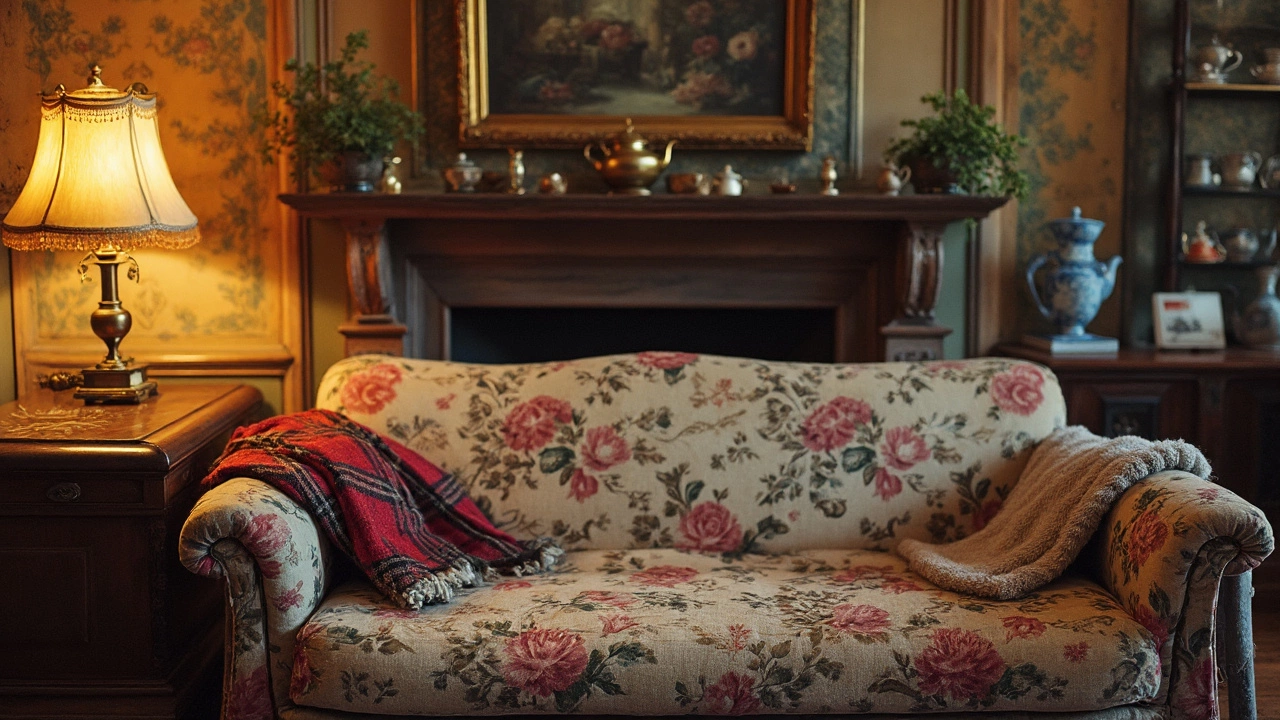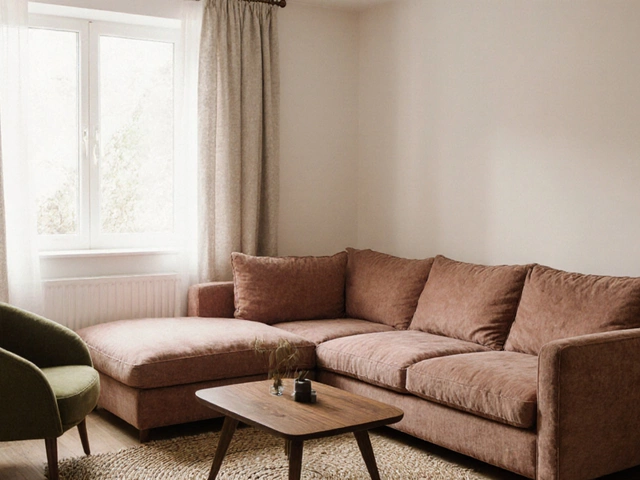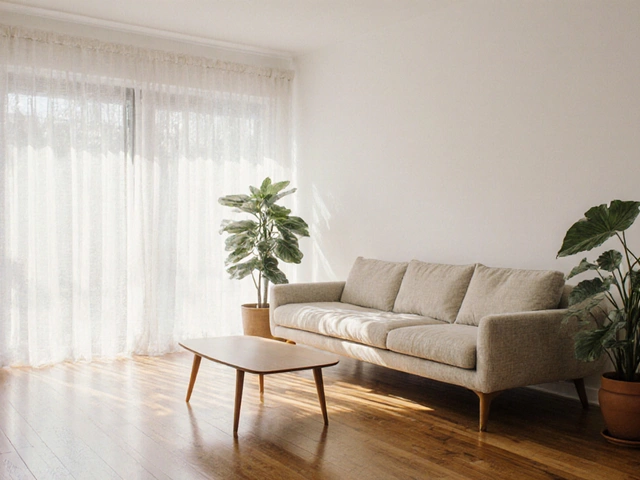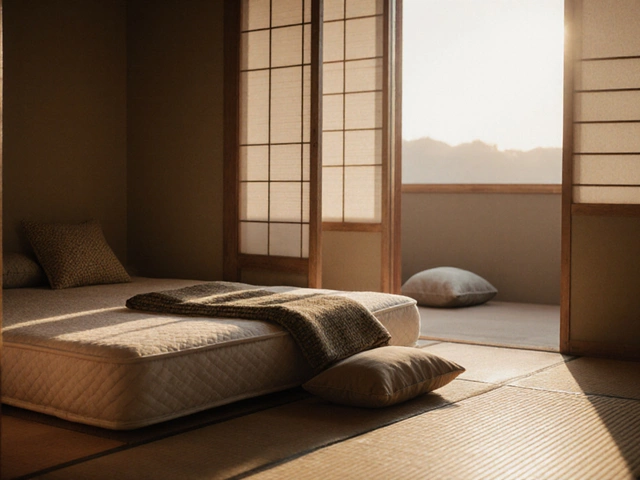Uncomfortable Bedroom? Easy Ways to Make It Cozy
Ever crawl into bed and still feel restless? You’re not alone. A bedroom that feels too hard, too cold, or just wrong can ruin your night. The good news is you don’t need a full remodel to fix it. Small changes to the bed, the furniture, and the room’s layout can turn an uncomfortable space into a relaxing retreat.
Start with the Bed and Mattress
The mattress is the star of the show. If you’re waking up sore, the first thing to check is your mattress firmness. A memory‑foam layer can add a gentle contour, while a firmer core keeps your spine aligned. If buying new isn’t in the budget, a good mattress topper can add a few inches of comfort for far less money.
Don’t forget the pillows. A pillow that’s too flat or too thick throws off your neck. Test a few options: a medium‑firm pillow for side sleepers, softer for back sleepers, and a thinner one if you tend to lie on your stomach. Swapping out one or two pillows often makes a night feel less gritty.
Control Temperature and Airflow
Cold rooms can make even the best mattress feel hard. Make sure your bedroom isn’t drafty. Simple weather‑stripping on windows or a heavy curtain can trap warmth. If the room gets too hot, a fan or a portable air‑conditioner helps. Adding a rug under the bed also insulates the floor, making mornings less chilly.
For those in East Yorkshire, winter can sneak in early. Wood furniture can shrink or crack in low temperatures. Using coasters under lamps and keeping a steady room temp around 18‑20°C protects wooden pieces and keeps them from becoming squeaky or unstable.
Pick the Right Furniture Layout
Too much clutter makes a room feel cramped and uncomfortable. Keep the area around the bed clear for easy movement. If you have a wardrobe that feels bulky, consider a custom built‑in solution that fits the wall exactly. A tailored wardrobe not only saves space but also adds a neat look.
Don’t forget lighting. A bedside lamp with a warm glow creates a soothing atmosphere, while harsh overhead lights can make the room feel sterile. Dimmer switches give you control over the vibe at night.
Deal with Hidden Discomforts
Small pests like furniture mites can irritate skin and make you itchy at night. Regular vacuuming and keeping fabrics dry reduces their numbers. If you spot dust mites, a simple wash of bedding in hot water once a week helps.
Lastly, think about ergonomics. If you work from a desk in the same room, an uncomfortable office chair can spill over into your sleep routine. Adjust the chair height so your feet rest flat on the floor and your knees form a 90‑degree angle. Removing armrests can improve posture for some, but only if it feels natural for you.
Turning an uncomfortable bedroom into a sanctuary doesn’t require a full redesign. Start with the mattress, control the temperature, tidy the layout, and check for hidden irritants. You’ll notice a calmer, more rested you in just a few nights. Ready to make the change? Dive in and enjoy a bedroom that finally feels like a true retreat.
Why Is My Sofa Bed So Uncomfortable?
Got a sofa bed that feels more like a medieval torture device than a comfy retreat? You’re not alone! This article dives into the common reasons why your sofa bed might be falling short in the comfort department. From outdated mattresses to clunky mechanisms, we'll unpack it all, while offering some real-world tips to make your fold-out friend a cozy spot in no time. Start treating your guests (or yourself) to a good night's sleep with a few simple fixes!







